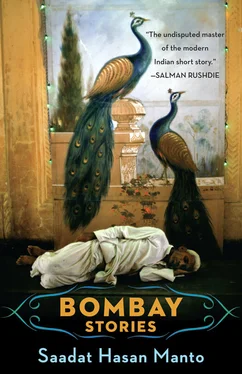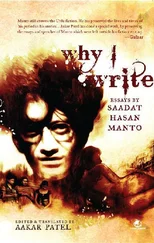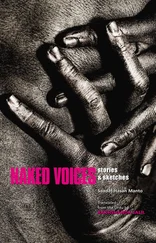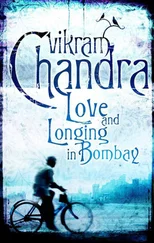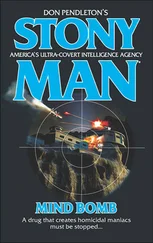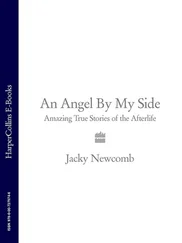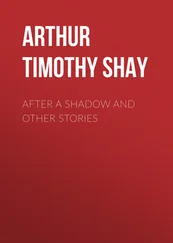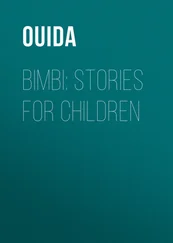88 Adarkar and Menon, 114.
89 Ibid., 169.
90 Ibid., 110.
91 Time Magazine , February 18, 1929.
92 ‘Matters’ . (‘Baten’.) Manto’s Essays . In Mantonuma , 695.
93 Adarkar and Menon, 20.
94 Rushdie, Salman. ‘Damme, This is the Oriental Scene for you!’ The New Yorker , June 23–30, 1997: 51.
95 Flemming, 24. In Urdu, ‘Angare’ .
96 Ibid., 25.
97 Ibid., 25.
98 In Urdu, ‘Naya adab’ .
99 Azmi, Khalil ur-Rahman. Urdu men taraqqi pasand adabi tahrik . Aligarh: Anjuman Taraqqi Urdu (Hind), 1972, 46, 67.
100 Ibid., 26.
101 Manto Kahaniyan , 267–77.
102 Mantonuma , 723–31.
103 In Urdu, ‘Kali shalwar’ .
104 In Urdu, ‘Dhuan’ .
105 Wadhawan, 90.
106 In Urdu, ‘bu’ and ‘adab-e-jadid ’, respectively.
107 Wadhawan, 100.
108 ‘The Trouble of the Shining Sun’. Mantonamah , 372.
109 In Urdu, ‘Naqush’ .
110 ‘The Trouble of the Shining Sun’, 354–56.
111 In Urdu, ‘Javed’ .
112 ‘The Trouble of the Shining Sun’, 382.
113 Ibid., 402.
114 Wadhawan, 116.
115 ‘Manto’s Fiftieth Death Anniversary Observed: Ban on Manto’s Writings on TV and Radio Condemned’. The Daily Times (Islamabad) January 19, 2005.
116 ‘My Wedding’, 276.
117 The Pakistani government was awarding land and businesses to immigrants from India so that they could begin to build up their new lives.
118 ‘Bald Angels’, 224.
119 Yazid was the Umayyad Caliph responsible for the killing of Husain ibn Ali, the grandson of the Prophet Muhammad, at the Battle of Karbala on October 10, 680 (Hodgson, Marshall G.S. The Venture of Islam: Conscience and History in a World Civilization, Volume 1, The Classical Age of Islam . 1958. Chicago: Chicago University Press, 1977, 219).
120 Manto’s family never threw him out (though his brother-in-law did forbid him to visit his sister’s house in Mahim), and so Manto must have been referring only to his father’s stern and sometimes disapproving figure.
121 This is another example of Manto’s tendency to exaggerate autobiographical details.
122 An interesting contrast to this passage from Yazid would be to look at this comment in relation to the Manto character’s comment in ‘Mammad Bhai’. There the fictional Manto finds fault with Bombay for these very traits: ‘Like I said, who in Bombay cares about anyone? No one gives a damn if you live or die’ ( Mantonamah , 591).
Here, the in-text transliteration precedes a more rigorous rendering of the Urdu vowels and nasalization: hamzah is indicated with a single closed quotation mark (’) and ain , with a single open quotation mark (’).
Adana raag name babu respectful title for a man older than the speaker and of higher socio-economic status bahar vala literally ‘outside person’ but in Bombay slang, ‘tea boy’ beora local Indian alcohol bhangan a woman of the sweeper caste bhapa dad bismillah phrase that means ‘in the name of God’ that is used before you begin anything new and colloquially can be used to express surprise changli ‘good’ in Marathi chane ‘fish scales’ in Punjabi chikku the sapodilla fruit chuna lime, or the white acidic paste from the berries of the evergreen tree Citrus aurantifolia used in preparing paan dalal pimp dhani Indian dance step dhrupad genre of north Indian music thought to be the oldest extant classical music tradition in India ghatin a woman of a low caste in Bombay who does menial labour kaserail ki peti type of peti kashta sari that at nine yards is longer than average and that is wrapped in a special way — passed from the front between a woman’s legs and tucked into the waist from behind — and associated with the underclasses and with coarse eroticism lahaul wala quwat the phrase ‘there is no sway or strength but that of God’ can be said to repel Satan or when you want to express something along the lines of ‘shit’ or ‘to hell with it’ Malkos raag name Mian ki todi raag name paan/pan digestive concoction that usually includes grated betel nut and tobacco Patdeep raag name peti small instrument used to accompany singing sang-e-aswad the Black Stone in the Ka’aba in Mecca sayyan/sa’ĩ wandering Muslim holy man, fakir seth a banking caste, or colloquially, a rich man shalwar kameez/qamiz pants and blouse set shervani long coat for men that extends several inches below the knees Tandau Shiva’s angry dance
Adarkar, Neera and Meena Menon. One Hundred Years, One Hundred Voices: The Millworkers of Girangaon: An Oral History . Intro. Rajnarayan Chandavarkar. Calcutta: Seagull, 2004.
Akhtar, Salim. ‘Is Manto Necessary Today?’ Trans. Leslie Flemming. Journal of South Asian Literature , 20:2 (Summer, Fall 1985): 1–3.
Alter, Stephen. ‘A Few Thoughts on Indian Fiction, 1947–1997.’ Alif: Journal of Comparative Poetics , 18 (1998): 14–28.
—. ‘Madness and Partition: The Short Stories of Saadat Hasan Manto.’ Alif: Journal of Comparative Poetics , 14 (1994): 91–9.
Asaduddin, M. ‘Manto Flattened: An Assessment of Khalid Hasan’s Translations.’ Annual of Urdu Studies , 11 (1996): 129–39.
Azmi, Khalil ur-Rahman. Urdu men taraqqi pasand adabi tahrik .
Aligarh: Anjuman Taraqqi Urdu (Hind), 1972.
Bismillah, Abdul. ‘A Letter from Manto.’ Annual of Urdu Studies , 11 (1996): 167–74.
Biswas, Ranjita. ‘Little China Stays Alive in Eastern India.’ Inter Press Service News Agency, August 3, 2006.
Bhalla, Alok. ‘Dance of Grotesque Masks: A Critical Reading of Manto’s “1919 ki Ek Bat.”‘ Annual of Urdu Studies , 11 (1996): 175–96.
Chandavarkar, Rajnarayan. Imperial Power and Popular Politics: Class, Resistance and the State in India, c. 1850–1950 . Cambridge: Cambridge University Press, 1998.
—. The Origins of Industrial Capitalism in India: Business strategies and the working classes in Bombay, 1900–1940 .
Cambridge: Cambridge University Press, 1994.
Cohen, Ralph. ‘Do Postmodern Genres Exist?’ Postmodern Literary Theory . Niall Lucy, ed. Oxford: Blackwell, 2000. 293–309.
Daruwalla, Keki N. ‘The Craft of Manto: Warts and All.’ Annual of Urdu Studies , 11 (1996): 117–28.
David, M.D. Bombay: The City of Dreams . Mumbai: Himalaya, 1995.
Delacy, Richard. ‘Sa’adat Hasan Manto: The Making of an Urdu Literary Icon.’ MA Thesis. Monash University (Clayton, Australia), 1998.
Desai, W.S. Bombay and the Marathas up to 1774 . New Delhi: Munshiram Manoharlal, 1970.
Désoulières, Alain. ‘Vie et œuvre de Saadat Hasan Manto.’ Toba Tek Singh et autres nouvelles . By Saadat Hasan Manto. Trans. Alain Désoulières. Paris: Buchet-Chastel, 2008.
Evenson, Norma. The Indian Metropolis: A View Toward the West . New Haven: Yale UP, 1989.
Flemming, Leslie A. Another Lonely Voice . Berkeley: Center for South and Southeast Asia Studies, UC at Berkeley, 1979.
Hansen, Thomas Blom. The Saffron Wave . New Delhi: Oxford University Press, 1999.
—. The Wages of Violence: Naming and Identity in Postcolonial Bombay . Princeton: Princeton University Press, 2001.
Читать дальше
